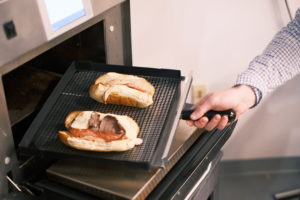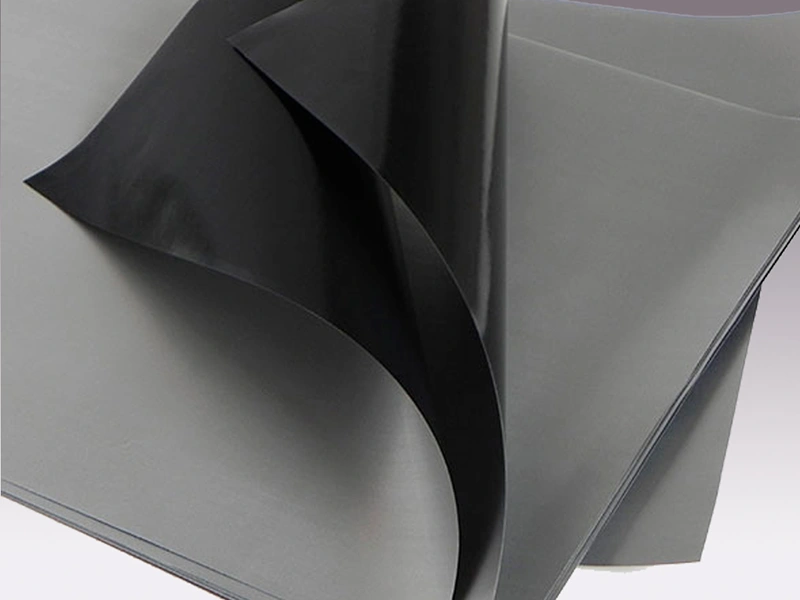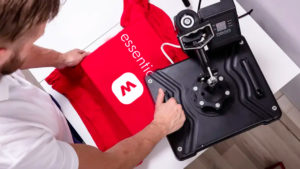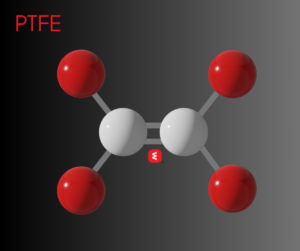
OEM PTFE vs. Secondary Market Products:
Why Choosing the Secondary Market for PTFE Smallwares in the Food Service Industry Saves You Money While Still Getting Equal or Better Quality When it

In the realm of baking, the quest for sustainable alternatives has led to a comparison between the traditional silicone-coated parchment paper and the increasingly popular reusable (PTFE) baking sheets. Both materials boast non-stick properties, but their environmental impact and longevity set them apart. Let’s explore how these two options stack up against each other in terms of sustainability.
Silicone-coated parchment paper has long been favored for its non-stick surface and heat resistance. Derived from silicon, oxygen, carbon, and hydrogen, silicone offers flexibility and durability, making it a reliable choice for preventing food from sticking to baking sheets and pans. However, its single-use nature and non-biodegradability have raised concerns about its environmental impact. The disposable nature of silicone-coated parchment paper contributes to waste generation, prompting a search for more sustainable alternatives.



PTFE sheets are known for their non-stick properties, takes center stage as a sustainable alternative to traditional parchment paper. Often recognized by the brand name Teflon, PTFE’s durability and resistance to high temperatures make it an ideal material for reusable baking sheets, extending the life of the baking surface from one-time use to potentially hundreds. The key advantage lies in its ability to withstand multiple uses, making it a more eco-friendly choice compared to its silicone-coated counterpart. Because PTFE coating is applied to fabric and has greater thickness, it is less liable to catch fire and burn. It is dishwasher safe, and easy to wipe clean with a soft sponge.
It is also versatile; PTFE sheets can be used as a clean food prep surface, as a sealant against oxygen, and to transfer food into ovens. The max cook temp of parchment paper maxes out at about 400 to 450 degrees Fahrenheit, whereas PTFE sheets withstand closer to 550°F– safely past the range of most high cooking temps.
When evaluating the sustainability of silicone-coated parchment paper and reusable PTFE baking sheets, several factors come into play. While silicone originates from abundant resources, its disposability and non-biodegradable nature contribute to environmental concerns. In contrast, PTFE baking sheets promote sustainability by encouraging multiple uses, reducing waste, and minimizing the environmental impact associated with production.
In the pursuit of sustainable baking practices, the choice between silicone-coated parchment paper and reusable PTFE baking sheets becomes crucial. While silicone remains a reliable option for its non-stick capabilities, the environmental consequences of its single-use nature necessitate a shift towards more eco-friendly alternatives. Reusable PTFE baking sheets emerge as a promising solution, offering not only non-stick performance but also a significant reduction in waste and resource consumption with hundreds of uses per sheet. As consumers increasingly prioritize sustainability in their culinary choices, the adoption of reusable PTFE baking sheets may pave the way for a greener and more environmentally conscious baking experience.
Essentialware is a smallware manufacturer that focuses in operational excellence across a range of industries, including commercial food service. Our line of PTFE products and custom solutions are designed to make your operation cleaner, quicker, and more cost efficient. For more information on how Essentialware can improve the operational success of your bakery, restaurants, or contact Sales@essentialware.com.

Why Choosing the Secondary Market for PTFE Smallwares in the Food Service Industry Saves You Money While Still Getting Equal or Better Quality When it

Commercial kitchens are bustling hubs of culinary creativity, constantly striving to meet the demands of a hungry customer base. However, a significant challenge faced by

Have you ever wondered about the magic behind non-stick pans or the effortless glide of your kitchen tools? The secret ingredient lies in a remarkable

PTFE and PFOA are two different substances that are often associated with non-stick cookware, such as Teflon (a trademark owned by Dupont). Here’s a brief
7637 Euclid Chardon Rd
Kirtland, Ohio 44094
Phone Numbers
Toll Free: 888-975-0405 | Local: 330-975-0405 |
Fax: 888-201-1196
(C) 2024 Essentialware. All Rights Reserved.